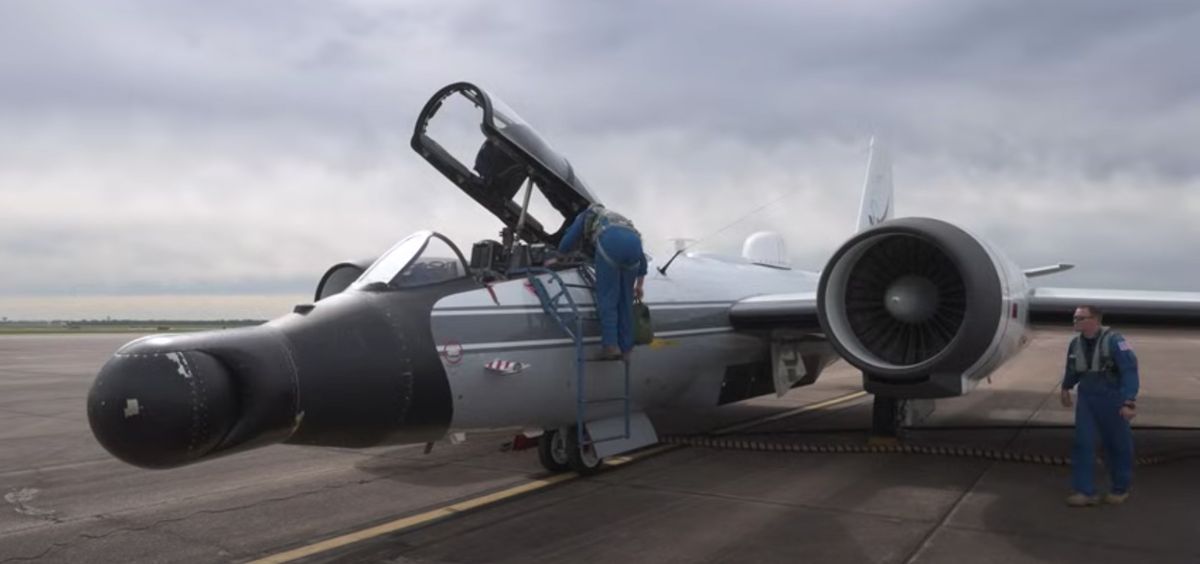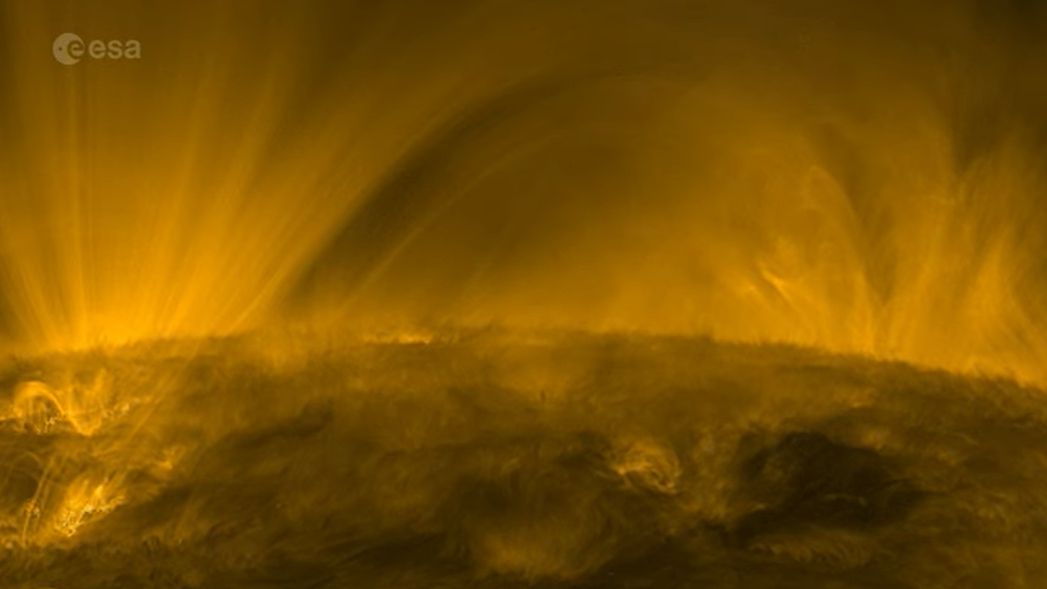NASA WB-57 Jets to Provide Exceptional Views of Upcoming Solar Eclipse
Eclipse enthusiasts are eagerly anticipating the rare solar event occurring on April 8, which will cast a shadow traveling across Mexico, 15 U.S. states, and Canada. Along the path of totality, numerous observatories, educational institutions, museums, theme parks, and sporting venues plan to host special viewing parties and educational events to coincide with this celestial phenomenon. However, one of the most extraordinary perspectives of this eclipse will be from the vantage point of NASA’s WB-57 jets, which will soar across the path of totality, significantly extending the time spent within the moon’s shadow.
Enhanced Scientific Data Collection
According to a NASA press release, three teams funded by NASA have outfitted these specialized airplanes with scientific instruments designed to capture more precise measurements of the eclipse. One team will focus on imaging the sun’s outer corona, while another team will monitor the ionosphere, providing valuable insights into the impact of the sun on Earth’s atmosphere. This new data will contribute to a better understanding of the corona’s structure and temperature, as well as aid in locating asteroids near our star. The deployment of NASA’s cutting-edge technology aims to advance scientific knowledge in the field of solar research.
At an altitude of 50,000 feet (15,000 meters), the WB-57 jets have the advantage of rising above any potential cloud cover that could obstruct the view of the total eclipse. This elevated position allows cameras to capture sharp, high-resolution images and record wavelengths such as infrared light. By flying at speeds of approximately 460 mph (740 kph), these jets can prolong the duration of totality by about 25%, resulting in an extended observation time of approximately 6 minutes and 22 seconds.
Unprecedented Scientific Discoveries
One of the research teams led by a University of Hawaii researcher, Shadia Habbal, will focus on recording specific wavelengths of light to analyze the temperature and chemical composition of the corona and coronal mass ejections. Another team, under the guidance of Amir Caspi at the Southwest Research Institute, will utilize high-resolution, high-speed cameras to capture data in various wavelengths, providing new insights into the sun’s corona structures.
Amir Caspi, lead researcher, expressed his excitement about the upcoming mission, stating, “There isn’t a lot of data of the sun at some of the wavelengths we’ll be studying. We don’t know what we’ll find, so it’s extra exciting to be making these measurements.”
As the NASA WB-57 jets prepare to embark on their mission to chase the upcoming solar eclipse, the scientific community eagerly anticipates the groundbreaking discoveries and advancements in solar research that will result from this extraordinary endeavor.
Image/Photo credit: source url





